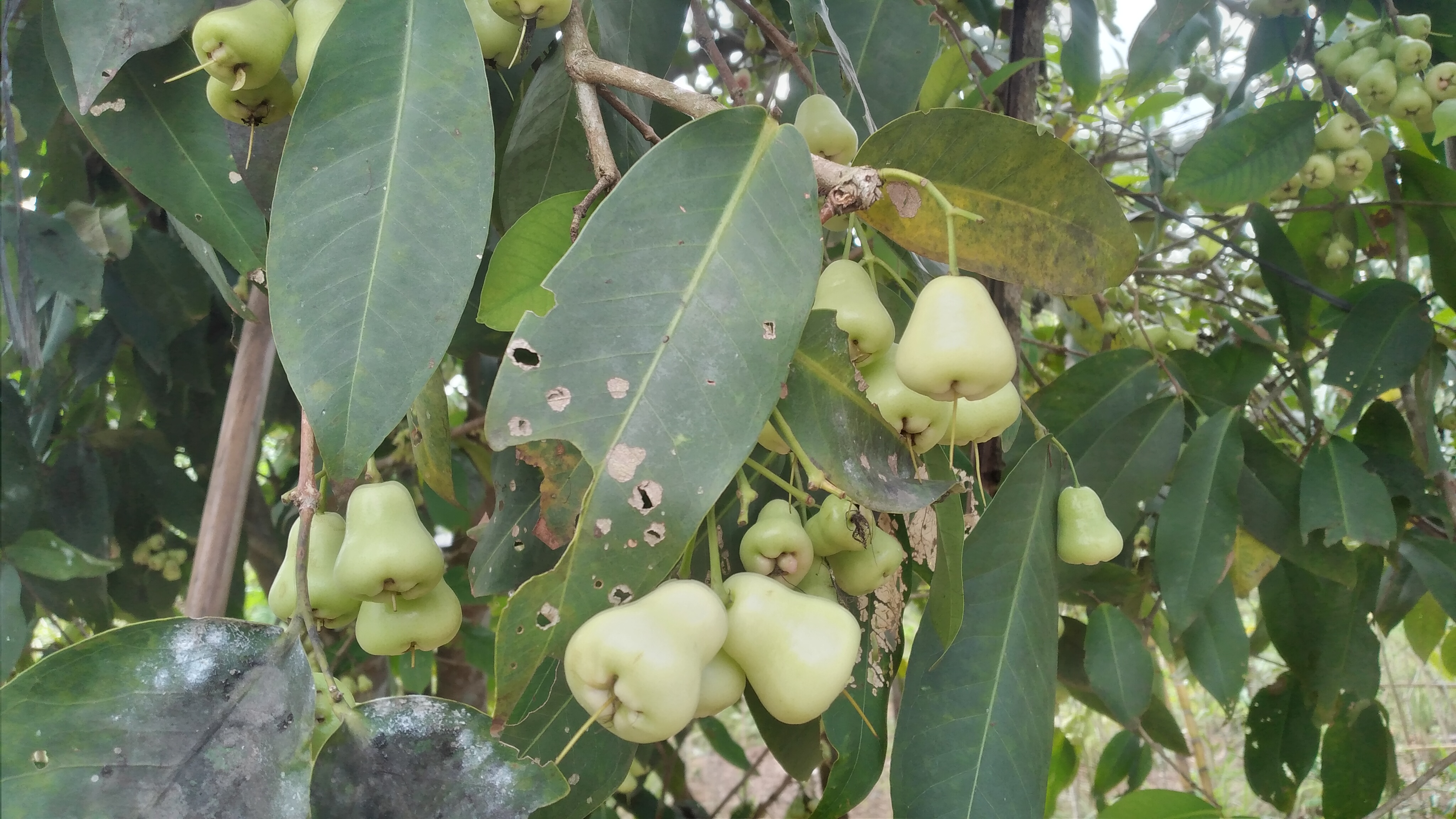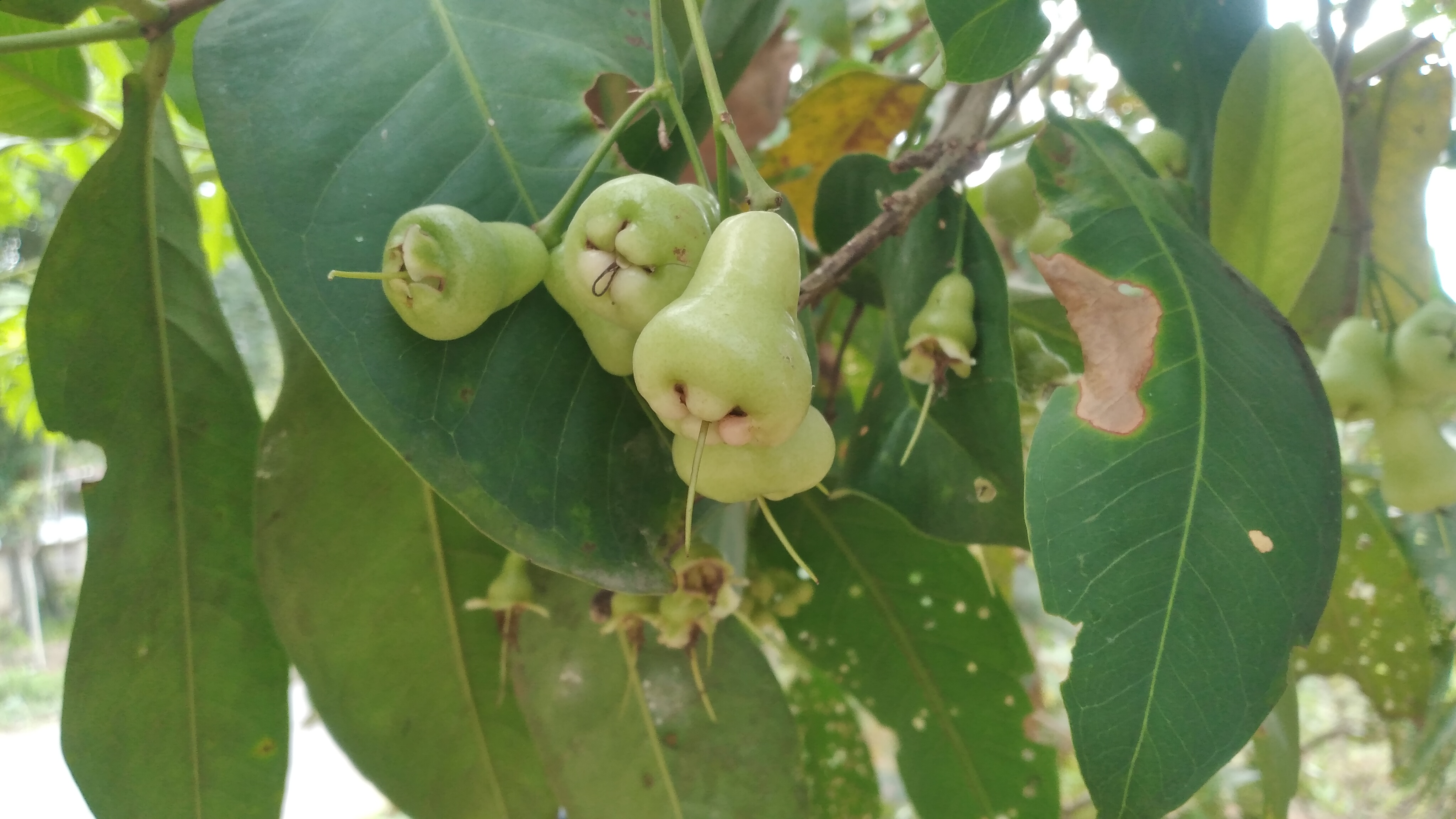
Honey guava (Syzygium samarenense) is one of the superior varieties of water guava from Binjai City, North Sumatra. It is known to have a sweeter and crunchier taste than other types. Not only that, honey guava also has a lower water content so it is more resistant to storage.
To plant honey guava, it can be cultivated through seeds or grafts. Where each method is easy to apply, including beginners. Want to know how to plant honey guava with short trees and heavy fruit? Come on, see the following explanation.
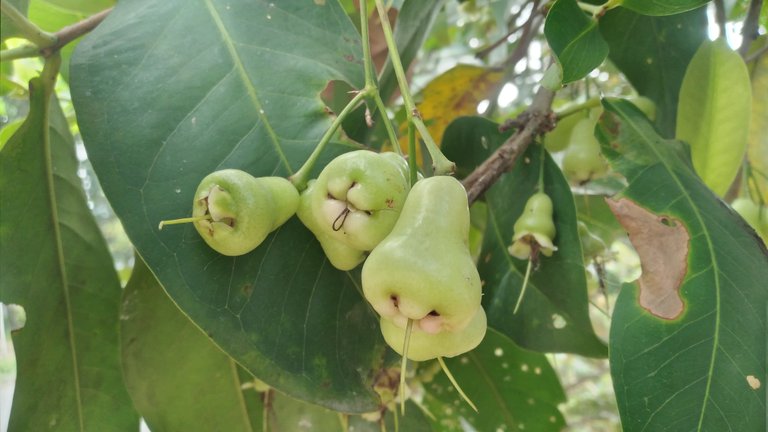
Honey guava is a tropical plant that is very easy to cultivate in Indonesia. It likes loose soil, rich in nutrients, moist conditions, with an acidity level (pH) of around 5.5 to 7.5. Apart from that, it also requires high levels of sunlight to produce abundant and good quality fruit.
To start planting honey guava with short trees and abundant fruit, here are the steps and proper care methods that you can apply.
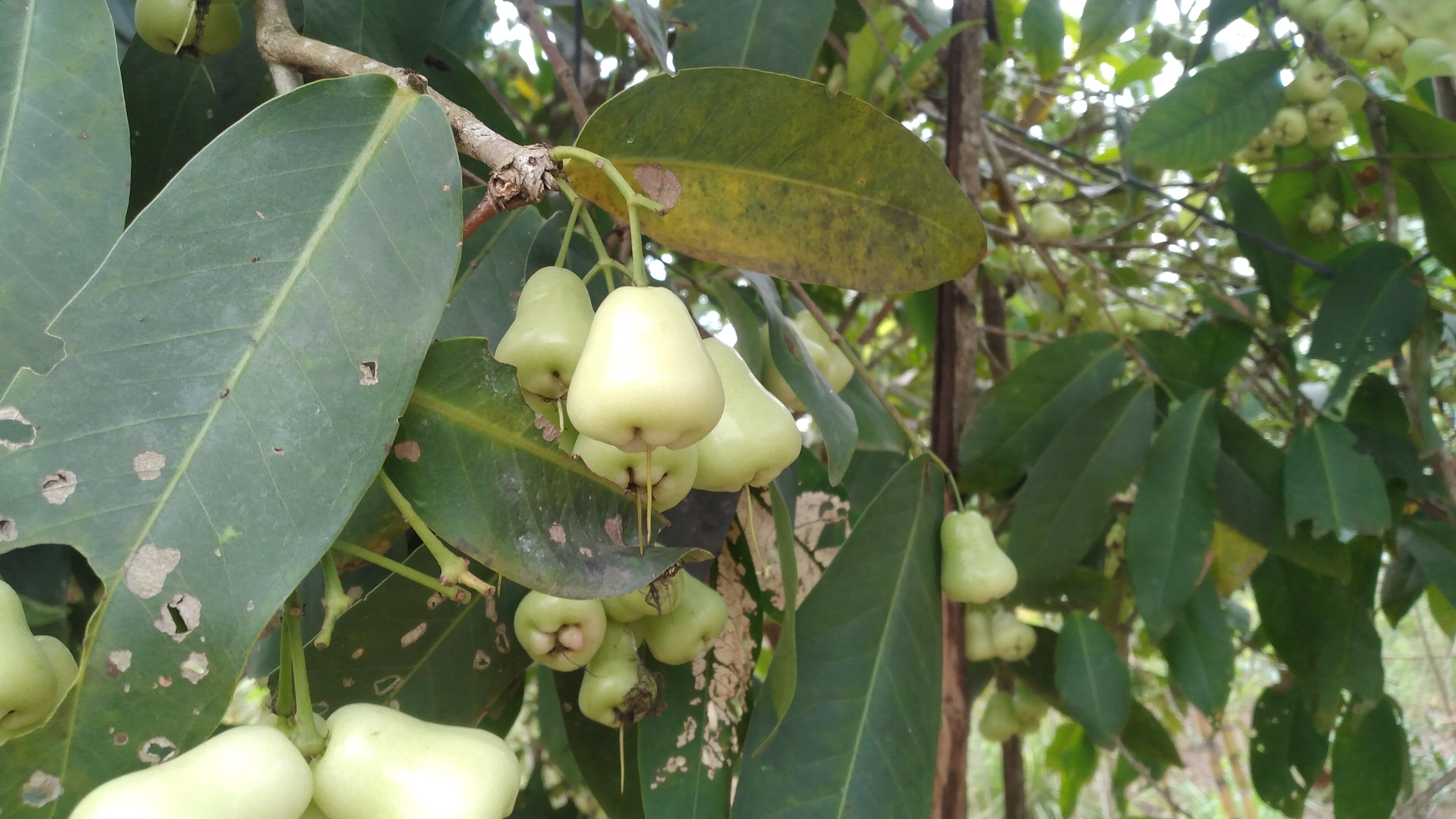
Preparation of seedlings from seeds
Prepare fresh seeds taken from ripe fruit. Honey guava seeds have a short viability, so they must be planted immediately.
Dry the seeds in the sun for about 1 hour.
Prepare seedling media from loose soil and organic fertilizer in a poly bag.
Plant the seeds into the seedling medium to a depth of 2 cm. Then, water to moisten the soil.
Store the seedlings in a sunny location indoors. Keep it moist by watering it regularly, but don't get it too wet.
After 2 to 4 weeks, the seeds usually germinate. Wait until the growth is around 15 cm before it can be transferred to permanent planting media.
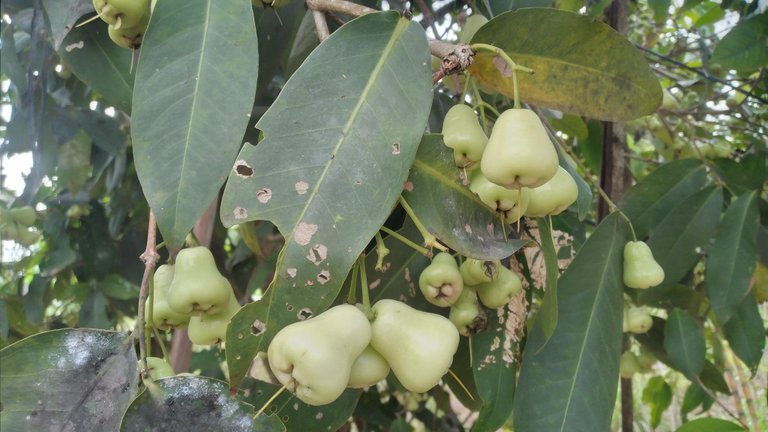
Guava plant care
Water regularly, every day in the morning and evening. However, make sure the soil is not too wet or waterlogged.
Fertilize once a week using organic fertilizer. If you like chemical fertilizers, you can also add KCL and NPK fertilizers.
When the plant has many new branches and shoots, prune it. It aims to conserve plant nutrients for upward growth, and focuses on fruiting. It is best to prune plant branches that grow vertically upwards, both main and secondary branches.
When the fruit has formed and the pollen has fallen off, wrap the fruit in transparent plastic to avoid pest and disease attacks. Avoid using black plastic because it can burn the fruit.
